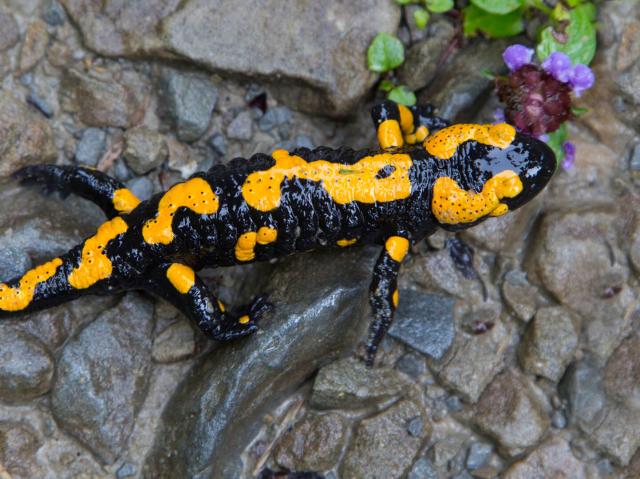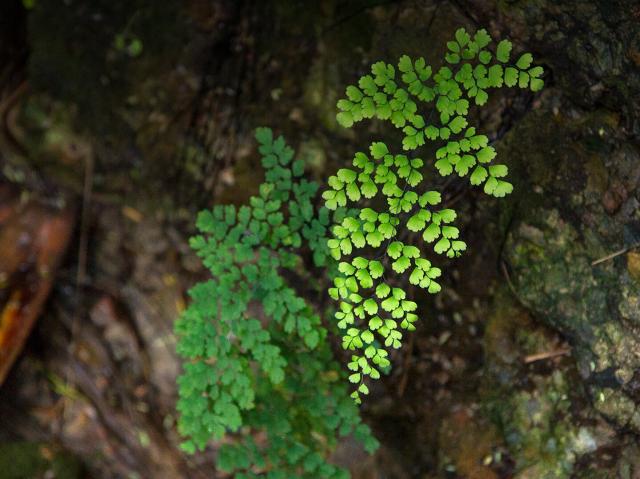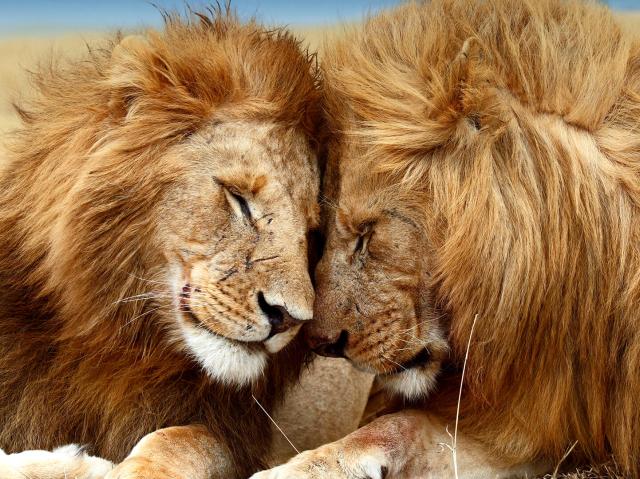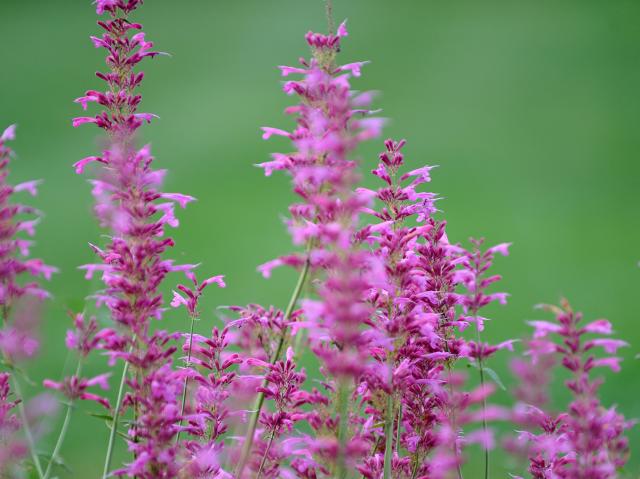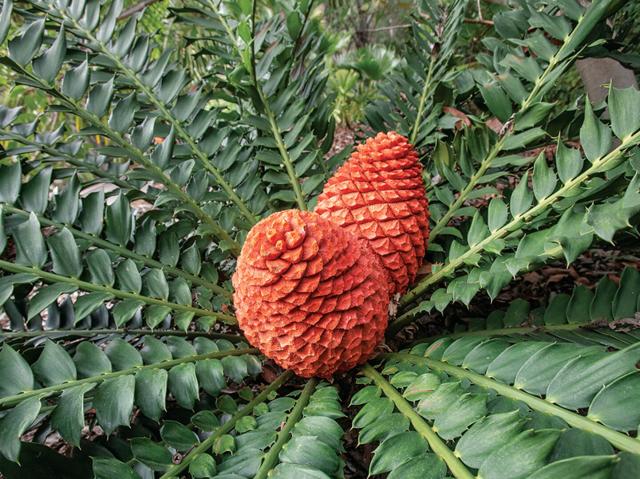
Rhinoceros

- CLASS: Mammalia (Mammals)
- ORDER: Perissodactyla
- FAMILY: Rhinocerotidae
- GENUS AND SPECIES: Diceros bicornis (black rhino), Ceratotherium simum (white rhino), Dicerorhinus sumatrensis (Sumatran rhino), Rhinoceros unicornis (greater one-horned rhino), Rhinoceros sondaicus (Javan rhino)

ABOUT
With a heavyset body, sturdy legs like tree trunks, and a massive head that tapers to a battering ram of a horn, rhinos embody brute strength. Yet most of the time, they peacefully browse on vegetation.
The rhino’s lineage is an ancient one—its ancestors walked the Earth 55 million years ago. One of these ancestors, the paraceratherium, was 25 feet (7.6 meters) long and 18 feet (5.5 meters) high at the shoulder, the largest land mammal ever known. Throughout the eons, close to 100 known rhinoceros species have existed. Today, only five species continue the line: two native to Africa and three native to Asia.
What all rhinos have in common are one or two horns, a broad chest, thick skin, poor eyesight, excellent hearing, and a habit of rolling in the mud. Their thick skin acts like protective plating but is sensitive, as the blood vessels are close to the skin’s surface, and can be easily scarred. Rhinos soak in mud or roll in dust as protection against sunburn and insect bites.
Because rhinos are very nearsighted, they often charge when startled. This defense mechanism has given them an undeserved reputation for having a bad temper. Their ears can move independently of each other, and one may be cocked forward while the other is directed backward, or both may perk straight up when an interesting sound that requires total concentration is detected.
Rhinoceroses get their name from their most famous feature: horns. The word rhinoceros comes from the Greek words rhino (nose) and ceros (horn). A rhino’s horn is made of keratin, the same material that makes up our fingernails and hair. Javan rhinos and greater one-horned rhinos have one horn on top of their nose, while Sumatran rhinos, black rhinos, and white rhinos have two.
Horns vary in size, with black rhinos and white rhinos having much longer horns than the other three species. Rhino horns don’t have a bony core like other mammal horns, and the outside of the horn can be worn down or sharpened after years of use. If a horn breaks off, it can gradually grow back.
The importance of wallowing: All rhinos enjoy a good soak in the mud, but for Asian rhinos, this becomes vitally important to help them get through times of high humidity, when insects abound. Plus, the mud cools them off. Rhinos may often share a wallowing spot without any fighting, as if it is neutral ground. Rhinos may create their own shallow mud holes by rolling in watery depressions in the earth.
An unusual relationship: Rhinos have notoriously poor vision, but they respond to the alarm calls of other sharper-eyed wildlife, including a bird called the oxpecker. This small bird lives in a mutual arrangement with African rhinos. The birds hop on a rhino’s back, plucking tasty ticks and other parasites off the rhino’s skin, even entering their ears and nostrils to get those hard-to-reach morsels. The oxpeckers get a full belly, and the rhino gets rid of some irritating bugs. The birds also raise a horrible ruckus whenever they spot trouble for their “friend.”
A group of rhinos is called a “crash”—an appropriate term for a group of hefty individuals that can crash through just about anything in their way. White rhinos have a hump of muscle on their neck and shoulders which helps hold up their head. It can weigh 800 to 1,000 pounds alone (362 to 454 kilograms). But while rhinos may look indestructible, their skin is actually quite sensitive, especially to sunburn and biting insects.
HABITAT AND DIET
White rhinos and black rhinos live in small pockets of eastern and southern Africa, inhabiting grasslands and floodplains. Greater one-horned rhinos live in northern India and southern Nepal; and Sumatran and Javan rhinos live in small areas of Malaysia and Indonesia—all three making their homes in swamps and rainforest habitats. All Asian rhinos are excellent swimmers.
Black rhinos and white rhinos are the same color—they're both brownish gray. How white rhinos came to be called “white” is uncertain. One account says that South Africa's early Boer settlers called them wijde, Dutch for “wide,” which could refer to their wide lip, or the overall size of a rhino. The wide mouth of a white rhino is perfect for grazing on grasses, while the more narrow, prehensile lip of a black rhino is great for pulling leaves and shrubs into its mouth. Other names used for these two rhino species are “broad-lipped” and "hook-lipped." Guess which name belongs to which rhino!
Black and white rhinos share Africa’s savanna habitats, as they don’t compete for food. Black rhinos can go for up to five days without drinking water, getting needed moisture from succulent plants. White rhinos, the largest of the five rhino species, crop grasses so short when they graze in their habitat that they create “grazing lawns” that benefit smaller herbivores and serve as firebreaks.
Greater one-horned rhinos have fairly broad mouths, with small prehensile lips. They both graze and browse, depending upon available food. Many people describe them as armor-plated, but they’re actually covered with a layer of skin with many folds. Formerly called Indian rhinos, they are native to humid, swampy areas of Northeast India and Nepal.
Javan rhinos, also called lesser one-horned rhinos, have a single horn, like a greater one-horned rhino. Javan rhinos live in the heavily forested areas of Southeast Asia, but are the rarest of all five rhino species with less than 70 individuals left in the wild. Their population has not grown much over the last two decades because of changes in their ecosystem, including competition for food and the increasing presence of people.
Sumatran rhinoceroses are the smallest rhino species. They are covered with a coat of shaggy hair, being closely related to the long-extinct wooly rhino. Like the Javan rhino, they are critically endangered, with probably fewer than 80 individuals left in the world. Once found from the Himalayan foothills to Vietnam, they survive today in a few scattered populations in what little forest habitat is left on the island of Sumatra. There has been little success in breeding Sumatran rhinos in zoos.
All rhinos are herbivores, spending most of the morning, late afternoon, and nighttime eating grasses or leaves, depending on the species. They use their horns to dig up roots and break branches for access to food. Then, during the hottest part of the day, they rest. At the San Diego Zoo and San Diego Zoo Safari Park, rhinos eat fresh grass, grass hay, and grains.
FAMILY LIFE
Rhinos have an interesting social system. The dominant male, or bull, occupies a small, exclusive territory, allowing only one or two subordinate males to share the territory with him. Neighboring dominant bulls show unusual respect for the territory boundaries and rarely trespass except to get water during the dry season. They won’t even follow a receptive female into another bull’s territory. Dominant bulls invest a great deal of time and energy just patrolling their territory, marking it with urine and defecating in dung heaps called "middens" that serve as a community bulletin board. Subordinate bulls put little effort into such communication with scent, always deferring to the dominant bull when they meet up.
Asian rhinos have tusks, and they use these enlarged incisors rather than their stubby horns when fighting or defending their territory. Greater one-horned rhino bulls develop longer tusks than the females. A bull may confront a rival by opening his mouth to show off his tusks. African rhinos lack these tusks and instead use their horns for defense or fights. Fights among rhinos can sometimes turn fatal; 50 percent of black rhino bulls and 30 percent of females succumb to wounds from fights. These high percentages are unique to rhinos.
Females are not territorial and move through large home ranges that overlap with many other females. Several male territories may lie within a single female’s home range. Adult white rhino females are more social than black rhinos and often stay in small groups of up to a dozen or so that include calves and subadults.
To choose a male, all a female has to do is show up in his territory when she’s ready to mate. The bull approaches the female with a series of “hic-pants,” a breathy inhalation followed by a hiccup. He may rest his chin on her rump to see if she's receptive to mating. If successful, she gives birth to a calf 15 to 16 months later.
Although wobbly at first, a newborn can stand on its feet and starts to nurse two to three hours after birth. The calf begins nibbling on solid food at 7 to 10 days of age, although it continues to nurse until it’s 12 to 18 months old; white rhino male calves nurse even longer than female calves, as they will grow much larger as adults. A mother guards her calf carefully from predators such as large cats, hyenas, and crocodiles, as well as from adult male rhinos. Calves and subadults often play, practicing their sparring and head-tossing techniques.
A rhino mother may tend to her calf for up to four years unless she has another baby, in which case she encourages her older calf to live independently to make way for her new arrival. The exception is with Sumatran rhinos: calves stay with their mother for two to three years, but it may be two years more before she gives birth again.
Rhinos have a variety of vocalizations to get their message across, from a lion-like growl and elephant-like trumpet during a fight to a squeak that can mean “I’m lost” or “Where are you?” Long and short snorts are used for anger, alarm, or when a rhino is startled, and high-pitched screams indicate fear. A “mmwonk” is a deep, resonant sound that signals content.
AT THE ZOO
The San Diego Zoo first began caring for rhinos in 1952. Then, the San Diego Zoo Safari Park welcomed greater one-horned rhinos in 1963—some of the original wildlife at the Park. Today, the Safari Park cares for the largest crash of rhinos in the world. It’s our honor to care for three species of rhinos, including five generations of black rhinos and seven generations of greater one-horned rhinos.
CONSERVATION
For centuries, rhinos lived largely unchallenged. But the advent of high-powered weapons brought a new predator: people. Over the ages, rhino horn has been used to treat illnesses, especially fevers. Yet like our fingernails and hair, rhino horn is made of keratin and has no healing properties. In Africa, thousands of rhinos were poached each year just for their horn, used for traditional medicines in Asia and dagger handles in the Middle East. By the early 1990s, black rhinos had been reduced by 96 percent and today stands at just over 6,000.
To save rhinos, African countries began working to protect their rhinos, China no longer approved the use of rhino horn for traditional medicines, and countries in the Middle East promoted dagger handles made of synthetic materials. These efforts reduced rhino poaching measurably. In the early 2000s, however, poaching for rhino horn again grew to unsustainable levels, driven by increased market demand.
Intensive anti-poaching and habitat protection efforts have helped some rhinos make a comeback. Poaching in Indonesia has been almost eliminated, thanks to their Rhino Protection Units. But there is still heavy poaching other countries, especially as the practice continues to grow in parts of Africa and threatens critically endangered species in both Africa and Asia.
Only about 70 Javan rhinos remain in a national park on Java, Indonesia, where they are protected; it is believed that there are no Javan rhinos anywhere else. And there are now just two northern white rhinos Ceratotherium simum cottoni left on Earth—both of them females, making them functionally extinct.
Help for rhinos: San Diego Zoo Wildlife Alliance collaborates with international partners to help protect and save rhinos worldwide. With more than 100 calves born at the San Diego Zoo Safari Park, we are one of the world’s leaders in white rhino conservation. We’re also collaborating with our partners in Africa to establish anti-poaching units, create protected reserves, and reintroduce black rhinos into their native landscapes. By establishing new, protected reserves, we are protecting black rhinos from the illegal wildlife trade and ensuring growing populations have the resources they need to thrive.
You can help save rhinos worldwide by joining San Diego Zoo Wildlife Alliance as an ally for wildlife.
Sounds
LIFE SPAN
40 to 45 years
YOUNG
Gestation: 15 to 16 months
Number of young at birth: Usually 1; twins are rare
Weight at birth: 88 to 140 pounds (40 to 64 kilograms), depending on species
Age of maturity: 5 to 6 years for females; 7 to 8 years for males
SIZE
Length: Largest - white rhino, 12 to 13 feet (3.7 to 4 meters); smallest - Sumatran rhino, 8 to 10 feet (2.5 to 3 meters)
Height: Tallest - white rhino, up to 6 feet (1.8 meters); shortest, Sumatran rhino, up to 4.8 feet (145 centimeters) at the shoulder
Weight: Heaviest - white rhino, 6,000 pounds (2,300 kilograms); lightest - Sumatran rhino, 1,765 pounds (800 kilograms) average
FUN FACTS
Don't be fooled by a rhino's lumbering size—a black rhino can thunder along at 40 miles per hour (64 kilometers per hour).
Black rhinos can grow longer horns than other rhino species, with the front horn capable of reaching up to 4 feet (1.3 meters) in length.
White rhino males can be persistent, with courtship lasting 5 to 20 days.
Do rhinos really put out fires in the wild? This is a popular legend that has inspired scenes in movies, descriptions in stories, and even the names of firefighting units, but there have been no actual recorded accounts of this happening.



